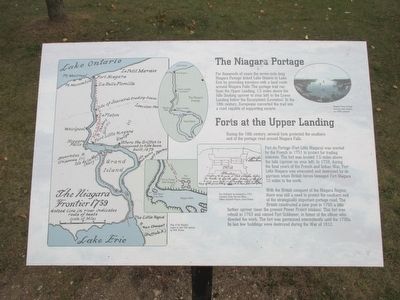As you approach the Mouth of the Chesapeake Bay, you’re not just encountering a geographical marvel where fresh water mingles with the salty Atlantic, but stepping into a storied gateway of American history. This is where the threads of colonization, maritime trade, and military history weave a rich tapestry. Imagine the year 1607, when English settlers, aboard Susan Constant, Godspeed, and Discovery, first glimpsed the shores of what would become Virginia, marking the beginning of permanent English presence in America. These early colonists, driven by dreams of prosperity, navigated through the Chesapeake Bay, which became a crucial artery for trade and exploration.
The Chesapeake Bay area was central to the colonial ambitions of European powers. The bay provided a strategic naval and commercial hub, offering access to the interior and facilitating the transport of goods such as tobacco, which became a cash crop that fueled the colony’s growth. As the tides of history ebbed and flowed, the Chesapeake Bay bore witness to pivotal events. During the American Revolutionary War, the bay played a significant role in the Siege of Yorktown in 1781. The French fleet’s blockade at the mouth of the bay helped secure American independence by preventing British reinforcements from reaching General Cornwallis, leading to his surrender.
In the War of 1812, this area again found itself on the frontlines. The British launched attacks throughout the Chesapeake region, and their presence was keenly felt up to the burning of Washington D.C. in 1814. The bay was a thoroughfare for both merchant and military vessels, a role it continued to play during the Civil War. The famous Battle of Hampton Roads, the first clash between ironclad warships, the USS Monitor and the CSS Virginia, took place near this very water.
The bay has also been a cultural crossroads. Native American tribes, including the Powhatan Confederacy, thrived here long before European settlers arrived. Their knowledge of the land and waterways proved invaluable to the survival of these early colonists. The bay area’s diverse ecosystems supported rich biodiversity, shaping the livelihoods of those who lived along its shores.
Notable figures have passed through or taken inspiration from the Chesapeake Bay. Captain John Smith, whose explorations in the early 1600s resulted in some of the first detailed maps of the region, described the Chesapeake as a place of natural abundance. In more recent history, the bay has inspired conservationists and authors alike, highlighting its ongoing importance not just as a body of water but as a symbol of natural heritage.
Today, the Chesapeake Bay continues to be a vital natural resource and a reminder of America’s complex past. Efforts to preserve its environmental health underscore its enduring significance. As you stand at the mouth of the bay, consider the countless stories that have unfolded here—a place where history, nature, and culture converge in a never-ending narrative.


